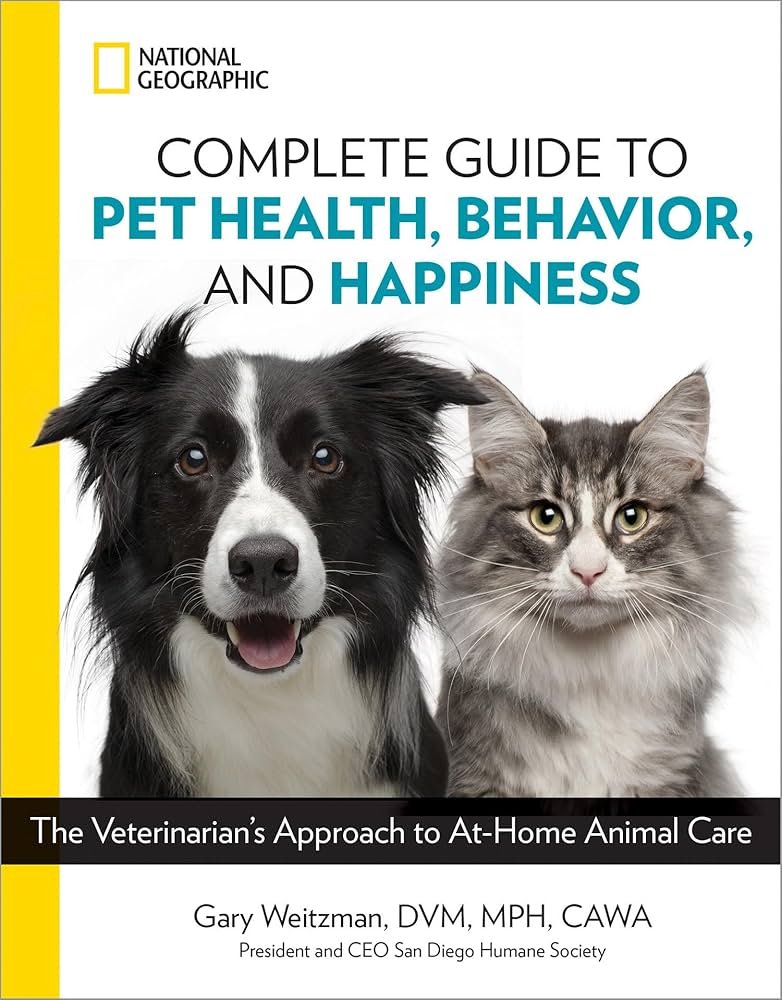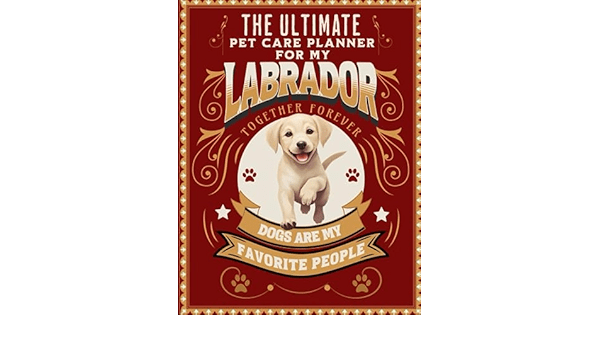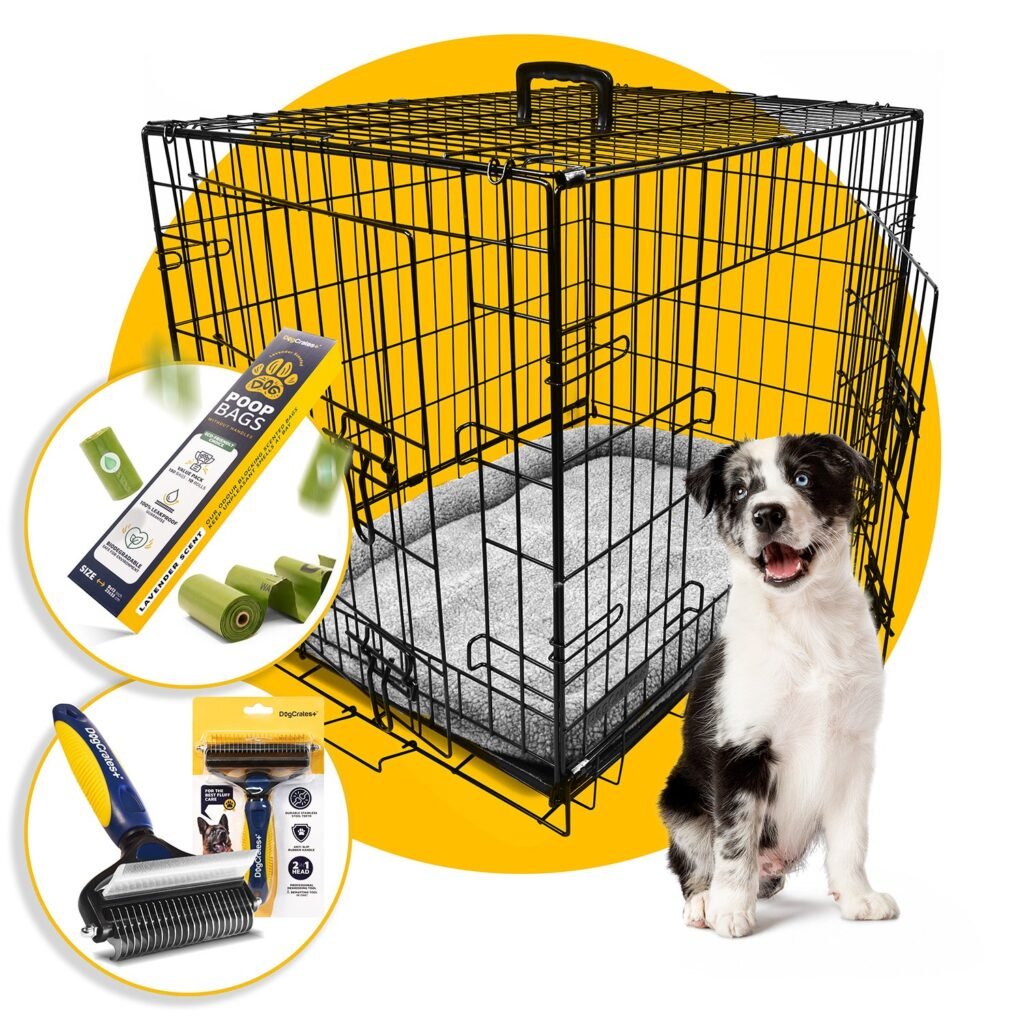“Have you ever wondered how to keep your pet as healthy as possible? On PawsnBlogs, I’ve spent countless hours researching and writing about everything you need to know to ensure your furry friends lead long, happy lives. Today, let’s dive deep into the essential health guides every pet owner should be familiar with. From nutrition to preventive care, I’ve got you covered!”

This image is property of www.avma.org.
The Basics of Pet Health
Caring for a pet is a lot like parenting. You have to juggle a bunch of responsibilities and, sometimes, it can feel a bit overwhelming. The good news is that a few basic principles can go a long way in making sure your pet is healthy.
Regular Vet Checkups
Picture this: you’re walking your dog in the park, and suddenly, you notice a slight limp. You shrug it off, thinking it’s probably nothing. Weeks later, the limp worsens, and your vet tells you it could have been easily treated if caught earlier. Regular checkups can prevent this. Vets can spot health issues before they become major problems.
| Frequency | Pets | Remarks |
|---|---|---|
| Twice a year | Senior pets (over 7 years) | Aging pets need closer monitoring. |
| Annually | Adult pets (1-7 years) | Routine checks keep them healthy. |
| Bi-annually | Kittens and puppies (under 1 year) | Fast growth rates necessitate frequent visits. |
Vaccinations
You wouldn’t skip your flu shot, right? The same goes for our pets. Vaccinations protect them from a myriad of diseases, some of which can be fatal. Here’s a quick guide:
| Vaccine | Purpose | When to Administer |
|---|---|---|
| Rabies | Prevents rabies virus | Annually or every three years |
| Distemper | Prevents distemper virus | Every three years |
| Parvovirus | Prevents parvovirus | Usually given in a series during the first year |
| Feline Leukemia | Prevents leukemia virus in cats | Annually or as advised by a vet |
Preventative Care
Think of preventative care as insurance. It might feel like you’re spending money on nothing, but when an issue pops up, you’ll be glad you did. Preventative care can include flea and tick control, heartworm prevention, and routine dental care.
Nutrition and Diet
Ever seen a dog or cat food commercial and wondered, “Is that really the best choice?” Nutrition plays a crucial role in a pet’s health. Let’s break it down.
Choosing the Right Pet Food
Not all pet foods are created equal. To choose the right food, you need to consider your pet’s age, weight, and activity level. Here’s a simple table to guide you:
| Pet Type | Life Stage | Ideal Nutrients |
|---|---|---|
| Dog | Puppy | High protein, DHA for brain development |
| Dog | Adult | Balanced protein, fats, and fibers |
| Dog | Senior | Lower calories, joint supplements |
| Cat | Kitten | High protein, high fat |
| Cat | Adult | Balanced protein and fats |
| Cat | Senior | Easily digestible protein, fortified vitamins |
Homemade vs. Commercial Pet Food
Is homemade food better? It can be, but it’s tricky. Properly balancing nutrients is crucial. Commercial pet food is formulated to meet nutritional needs, but read labels carefully. Avoid foods with fillers like corn and by-products.
Treats in Moderation
Remember, treats should be just that—treats. A small part of their diet. Overfeeding treats can lead to obesity, which opens the door to a slew of health problems.

This image is property of Amazon.com.
Exercise and Mental Stimulation
You’ve probably heard that pets need exercise, but did you know mental stimulation is just as important? A bored pet can become destructive or depressed.
Physical Exercise
The amount of exercise your pet needs depends on its breed, age, and health status. Here’s a quick breakdown:
| Pet Type | Daily Exercise Needs |
|---|---|
| Dogs (small breeds) | 30 minutes to 1 hour |
| Dogs (large breeds) | 1 to 2 hours |
| Cats | 15 to 30 minutes |
Walks, playtime, and even swimming can be great ways to keep your pet physically active.
Mental Stimulation
Puzzle toys, training sessions, and even new experiences (like a trip to a new park) can stimulate your pet’s mind. Mental exercise tires them out just as much as physical exercise.
Grooming Essentials
Ah, grooming. It’s not just about making your pet look good—it’s crucial for their health.
Regular Brushing
Brushing removes loose fur, which can prevent matting and reduce shedding. It’s also a good opportunity to check for skin issues or parasites like ticks and fleas.
| Pet Type | Brushing Frequency |
|---|---|
| Dogs (short-haired) | Once a week |
| Dogs (long-haired) | Daily |
| Cats (short-haired) | Once a week |
| Cats (long-haired) | Daily |
Bathing
How often should you bathe your pet? It varies. Dogs typically need a bath every 1-3 months, depending on their activity levels and skin type. Cats generally keep themselves clean, but an occasional bath can be beneficial.
Nail Trimming
Long nails can make walking uncomfortable for pets and even lead to injury. Trim nails every 3-4 weeks. If you’re unsure, your vet or a professional groomer can help.

This image is property of moderndogmagazine.com.
Dental Care
Dental health is often overlooked, but it’s essential. Dental problems can lead to more serious health issues like heart disease.
Brushing Teeth
Yes, you should brush your pet’s teeth. Use pet-specific toothpaste and aim for at least a few times a week.
Dental Chews and Toys
Dental chews and toys can help clean teeth and massage gums. However, they shouldn’t replace regular brushing.
Common Health Issues and How to Handle Them
From allergies to arthritis, pets can suffer from a range of health issues. Knowing what to look out for can help you catch problems early.
Allergies
Pets can be allergic to food, pollen, dust, and even flea bites. Common signs include itching, licking, and skin irritations. A vet can help you identify the cause and recommend treatments.
Obesity
Obesity is one of the most common issues in pets. It can lead to diabetes, heart disease, and decreased life expectancy. Monitor your pet’s weight and diet, and provide regular exercise.
Arthritis
Older pets, especially large dog breeds, are prone to arthritis. Signs include limping, stiffness, and reluctance to move. There are medications and supplements that can help manage pain and improve mobility.
Parasites
Fleas, ticks, and worms are not just annoying—they can transmit diseases. Regular preventative treatments are essential.

This image is property of i.pinimg.com.
Emergency Care and First Aid
Accidents happen. Knowing basic first aid can make a big difference.
What to Include in a Pet First Aid Kit
Your kit should include:
- Bandages and gauze
- Tweezers (for removing splinters or ticks)
- Antiseptic wipes
- Digital thermometer
- Hydrogen peroxide (to induce vomiting if advised by a vet)
- Emergency contact numbers, including your vet and a 24-hour emergency clinic
How to Handle Common Emergencies
- Poisoning: If you suspect your pet has ingested something toxic, call your vet immediately.
- Injuries: For cuts and scrapes, clean the area and apply a bandage. For more severe injuries, seek immediate veterinary care.
- Heatstroke: If your pet shows signs of heatstroke (panting, drooling, weakness), move them to a cooler area and offer small amounts of water. Contact a vet immediately.
Traveling with Pets
Traveling with pets can be stressful, but planning makes all the difference.
Preparation
Before you go, make sure your pet’s vaccinations are up to date. Pack a travel bag with food, water, bowls, medications, and their favorite toys.
Car Travel
Pets should always be secure in the car. Use a pet seatbelt, crate, or barrier. Make frequent stops to allow them to stretch and relieve themselves.
Air Travel
If flying, check the airline’s pet policy. Most require a health certificate from your vet. Pets can usually travel in the cabin if they’re small enough to fit in a carrier under the seat.

This image is property of oxbowanimalhealth.com.
Senior Pet Care
As pets age, their needs change. Senior pets require different care to ensure they remain comfortable and healthy.
Regular Health Checks
Older pets should see the vet more frequently—at least twice a year. Regular blood tests can help catch issues early.
Diet Adjustments
Senior pets often benefit from a diet lower in calories but higher in fiber. Adding supplements for joint health can also be beneficial.
Comfort Measures
Provide a comfortable bed, keep their living area warm, and make sure they have easy access to their food, water, and litter box or outdoor area.
Conclusion
Taking care of a pet is a rewarding experience, filled with joy, love, and moments of incredible trust and companionship. By following these pet health guides, you’ll ensure that your furry friend stays healthy, happy, and by your side for many years to come. From regular vet checkups to proper nutrition and mental stimulation, every little bit helps in promoting your pet’s well-being.
So, next time you’re cuddling up with your pet, take a moment to appreciate the bond you share and remember that maintaining their health is the best gift you can give in return for their unwavering loyalty and love. Do you have any questions or tips to share about pet health? I’d love to hear from you in the comments below!





